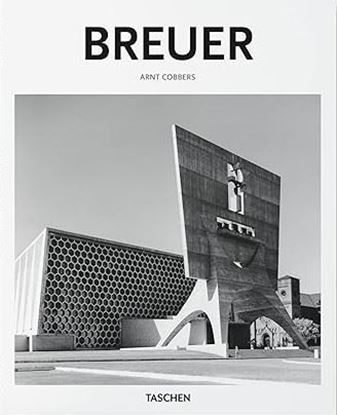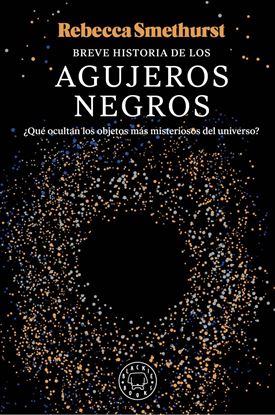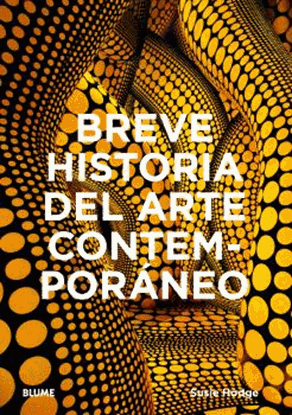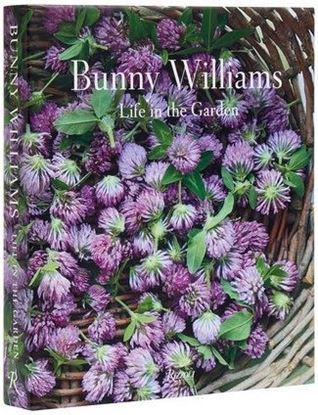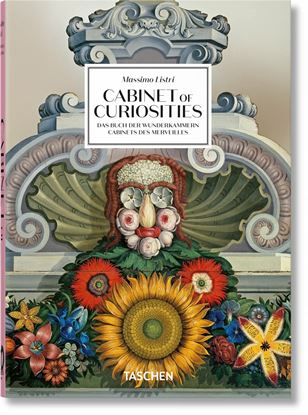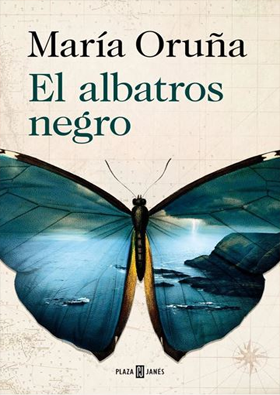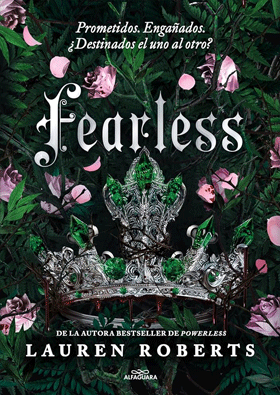

BREUER. ARNT COBBERS (BA-ART) (GB)
In 1956, TIME magazine called him one of the defining “form-givers of the 20th century.” Today, Marcel Breuer (1902–1981) remains a locus classicus of modernism for architects and designers alike. As a Bauhaus pioneer, even his earliest work was marked by a material restraint; the balance of texture, color, and shape; and a symbiosis of local and global, big and small, rough and smooth.In this essential introductory monograph, we survey Breuer’s complete career through some of his most influential projects and ideas, from his landmark tubular furniture to the MoMA Research House to his innovation of “binuclear” housing, splitting living and sleeping areas into separate wings. Along the way, we follow Hungarian-born Breuer’s journey to international acclaim, with featured projects from Germany, France, England, Switzerland, and across the United States contributing to his global status as a modernist maestro.
1,350
BREVE HISTORIA DE LOS AGUJEROS NEGROS
En este preciso momento estás orbitando alrededor de un agujero negro.
Rebecca Smethurst, galardonada investigadora de la Universidad de Oxford, arroja luz sobre el fenómeno más misterioso y emocionante de la astrofísica, y desarma los equívocos construidos a su alrededor para contarnos que los agujeros negros no son realmente negros. Que se parecen más a una mullida almohada que a una potente aspiradora. Que orbitamos alrededor del agujero negro supermasivo denominado Sagitario A*.
1,450
BREVE HISTORIA DEL ARTE CONTEMPORANEO
Guía de bolsillo sobre los movimientos, las obras, los temas y las técnicas fundamentales. * Una nueva e innovadora introducción al arte creado desde finales de la década de 1960 hasta nuestros días. * 49 obras esenciales del arte contemporáneo, piezas que van desde el land art y el performance art hasta óleos y NFT, que se relacionan con los movimientos, conceptos y metodologías más significativos. Accesible, conciso y profusamente ilustrado con imágenes de obras emblemáticas de creadores de todo el mundo, este libro explora cómo y por qué se desarrolló este arte y se ponen de manifiesto las cruciales innovaciones de diversos artistas. Esta desmitificadora introducción al tema permite conocer con profundidad y disfrutar en toda su extensión el arte más revolucionario creado en las últimas décadas.
1,400
BUNNY WILLIAMS: LIFE IN THE GARDEN
This is Bunny Williams’ most ambitious book to date.
Inviting us into her impressive grounds with charming personal anecdotes, expert advice, and hundreds of stunning photographs–printed on two different speciality stocks–Bunny Williams illustrates every aspect of the gardens surrounding her eighteenth-century manor house in Northwestern Connecticut in different lights and seasons.
A popular stop on the Garden Conservancy circuit, Williams’ property boasts a parterre garden,year-round conservatory, extensive vegetable garden, orchard, woodlands, an aviary with exotic fowl, and a rustic poolside Greek Revival–style folly. Each section of the garden is accompanied by adirectory of featured plants—from native ferns and succulents to a wide variety of flowering specimens.
3,750
CABANA ANTHOLOGY: THE ANNIVERSARY
Celebrating 10 years of publishing the finest interior design and decorative arts, Cabana Anthology: The Anniversary Edition is a stunning showcase of the most impressive and influential styles featured in the cult interiors magazine in its first decade. This sublime book delves into the stories behind a multitude of stunning interiors, offering insights from the designers, collectors, and artists who have contributed to Cabana’s legacy of true artistry and craftsmanship. Founded by editor-in-chief Martina Mondadori along with designer Christoph Radl and publisher Gianluca Reina in 2014, Cabana aims to inspire a new generation of globetrotters, taking them on a journey through sophistication, obsessive collecting, colors, and fabrics.
This stunning volume features the very best photography, interviews, profiles, and features from the publication, with contributions from Carlos Mota, Marco Mansi, and Marian McEvoy, and photographers Miguel Flores-Vianna, Guido Taroni, Mark Luscombe Whyte, Tim Walker, and Joanna MacLennan, among many others.
6,800
CABINET OF CURIOSITIES (40TH) (INT)CABIN
The Wunderkammer, or “cabinet of curiosities,” saw collectors gathering objects from many strands of artistic, scientific, and intellectual endeavor, in an ambitious attempt to encompass all of humankind’s knowledge in a single room.
From the Grand Duke Francesco I de’ Medici and Holy Roman Emperor Rudolf II to Archduke Ferdinand II of Habsburg, these aristocratic virtuosos acquired, selected, and displayed the objects in real-life catalogues that represented the entire world―spanning architecture, interior design, painting, sculpture, gemology, geology, botany, biology and taxonomy, astrology, alchemy, anthropology, ethnography, and history.
Marvel at the unicorn horns (narwhal tusks), gems, rare coral growths, Murano glasswork, paintings and peculiar mechanical automata. Browse through illustrations of exotic and mythical creatures and discover the famed “Coburg ivories,” an astounding collection of crafted artifacts. These collections are nothing short of a journey through time, from the Renaissance and Age of Discovery, the Mannerist and Baroque periods, up to the present day. Although many of these cabinets of curiosities no longer exist, others have been meticulously reconstructed, and new ones born.
2,200

